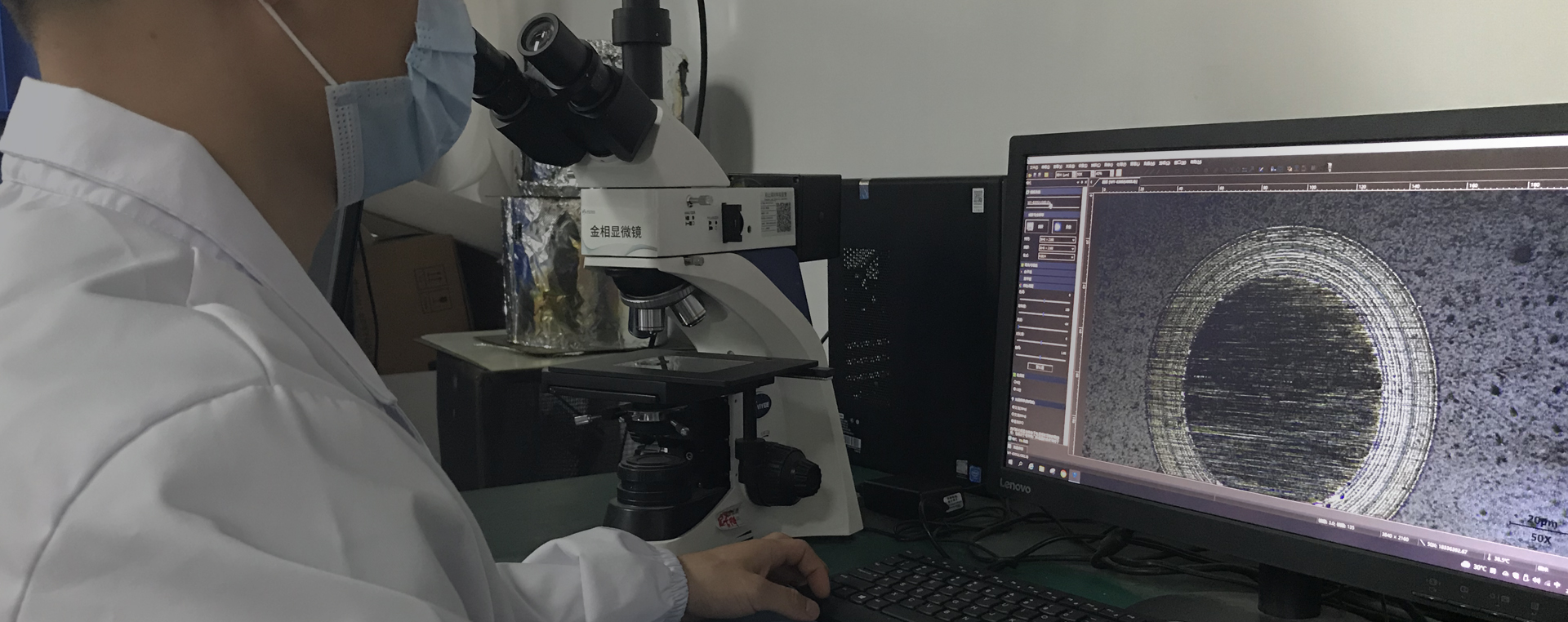What is the purpose of the surface pretreatment of the coating boundary in the coating process?
We all know that nanoparticles have self aggregation effect due to their large surface energy. On a flat surface, a layer of nanoparticles is stacked on the surface. With the rise of temperature, aggregation and interaction between nanoparticles may occur generally. It then interacts with a flat surface. The classical test shows that the mutual diffusion between metals needs to reach 80% of the melting point of materials.

From this point of view, flat surfaces are detrimental to film bonding.
If the matrix is super smooth, the attraction of the matrix to the deposited particles will be small. If the matrix has a certain surface micro concavity and convex, forming a certain nano particle, the deposited particles will have the effect of "mutual dissolution" of nano particles. It is beneficial to the improvement of adhesion.
Therefore, from the perspective of interface control, metal and inert gas particles are used to activate the surface, expose the fresh surface, and form a certain surface nanostructure. At this time, the deposition particles with appropriate energy are introduced to form a "mutual solubility" effect in the micro level, which is extremely beneficial to the improvement of interface control and film adhesion. Some results have shown this.

To sum up, we should give a deeper understanding of ion cleaning or bombardment on the surface: fresh surface exposure, endowing the surface with certain defect energy, appropriate surface structure, and appropriate deposition particle energy and type to form the surface "mutual solubility" effect. Fresh surfaces with nanostructures should minimize the passivation time, which should also be noted in practical engineering applications.
 18922924269
18922924269
